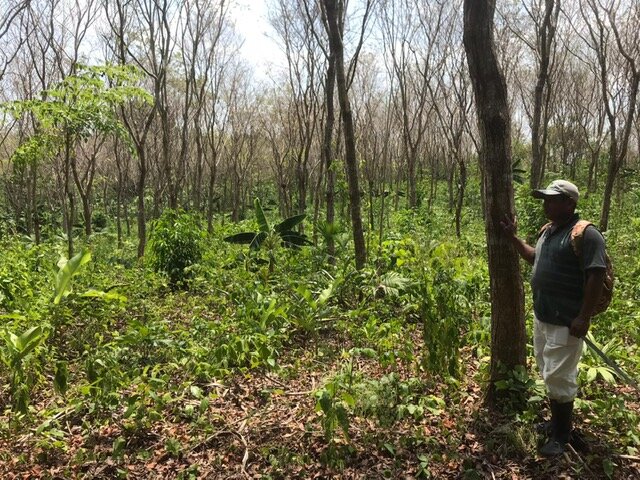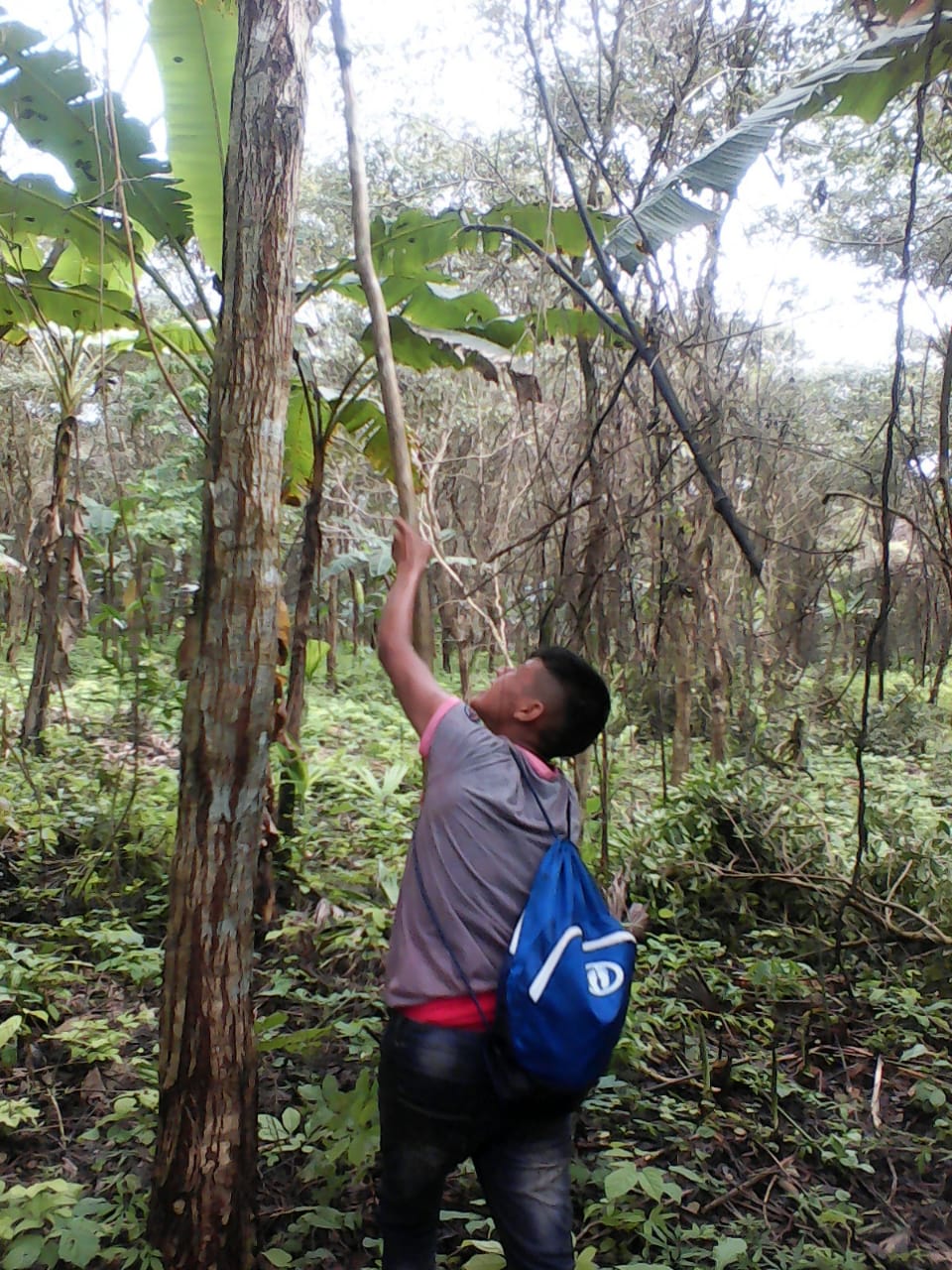Tropical timber investing in Central America, especially in Teak, has suffered from scams and inflated return expectations. Some timber investment businesses offer 15%+ returns in “eco-friendly” investments, only to disappoint investors and ultimately damage the overall reputation of the industry.
As with any investment, common sense applies. If it sounds too good to be true then it probably is. A 7-10% annual return is reasonable - 15% annual returns are pushing it. Higher returns are possible when considering land appreciation and potential high spot prices for timber, but a 15+% IRR should raise a red flags.
A few things to watch out for:
- Aggressive growth and harvesting schedules. A standard cycle for a timber plantation is 20-25 years. A 15 year cycle is possible, but the intensive management during this short period is likely to drain the land of its fertility, making a second cycle less productive.
Inflated or misleading timber pricing assumptions. With Teak or other species pricing, make sure the return models use actual plantation timber prices. One of the most common examples of this is the use of old growth Teak pricing of around $2000/m3. These logs fetch higher prices than plantation timber because of their rarity and wider widths.
If plantation timber pricing is not available for all species included in the mix, be sure that the pricing used from old growth timber is discounted. You should also look at the assumed growth of timber prices. It is common to see 5-7% annual timber price growth used to boost future returns. Historical price increases are actually less.- The company has little or no skin in the game. Many timber investment companies have little equity in their own projects. It’s common to see project promoters profit on the front end by charging investors more than 50% of the actual investment. If promoters are charging more than the equivalent of $15k/ha, they are likely profiting on the front end unless you’re buying in very small amounts that require high administration costs. Ideally project promoters should charge no more than a 5% project cost fee, and should make most of their profit on the back end along with their investors.
- Lack of transparency about the risks. As with any investment, investors should understand all of the risks involved with timber investing, and a reputable business will be upfront about this. If the the business has been around longer than 10 years, they should be prepared to discuss their initial harvests and returns. Did they meet what they promised their first investors? If not, why not? Again, watch out for promoters over promising on pricing and yields.
Timber investment businesses should also be transparent about political risk. Timber investments usually require a long term commitment of 15-25 years and tend to be illiquid, so political stability is needed at both the national and local levels. If the country has a high GINI coefficient that is not trending downward, you should ask the promoter what they are doing to mitigate social inequality. Countries with high GINI coefficients are more likely to have higher levels of political instability and therefore a greater risk of investment appropriation.




